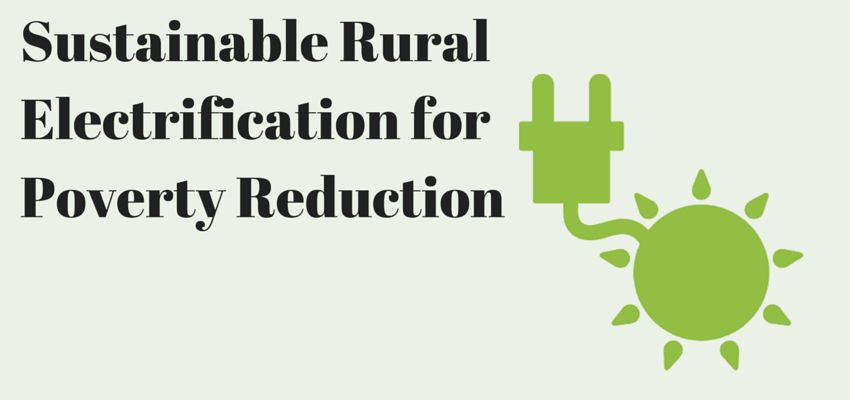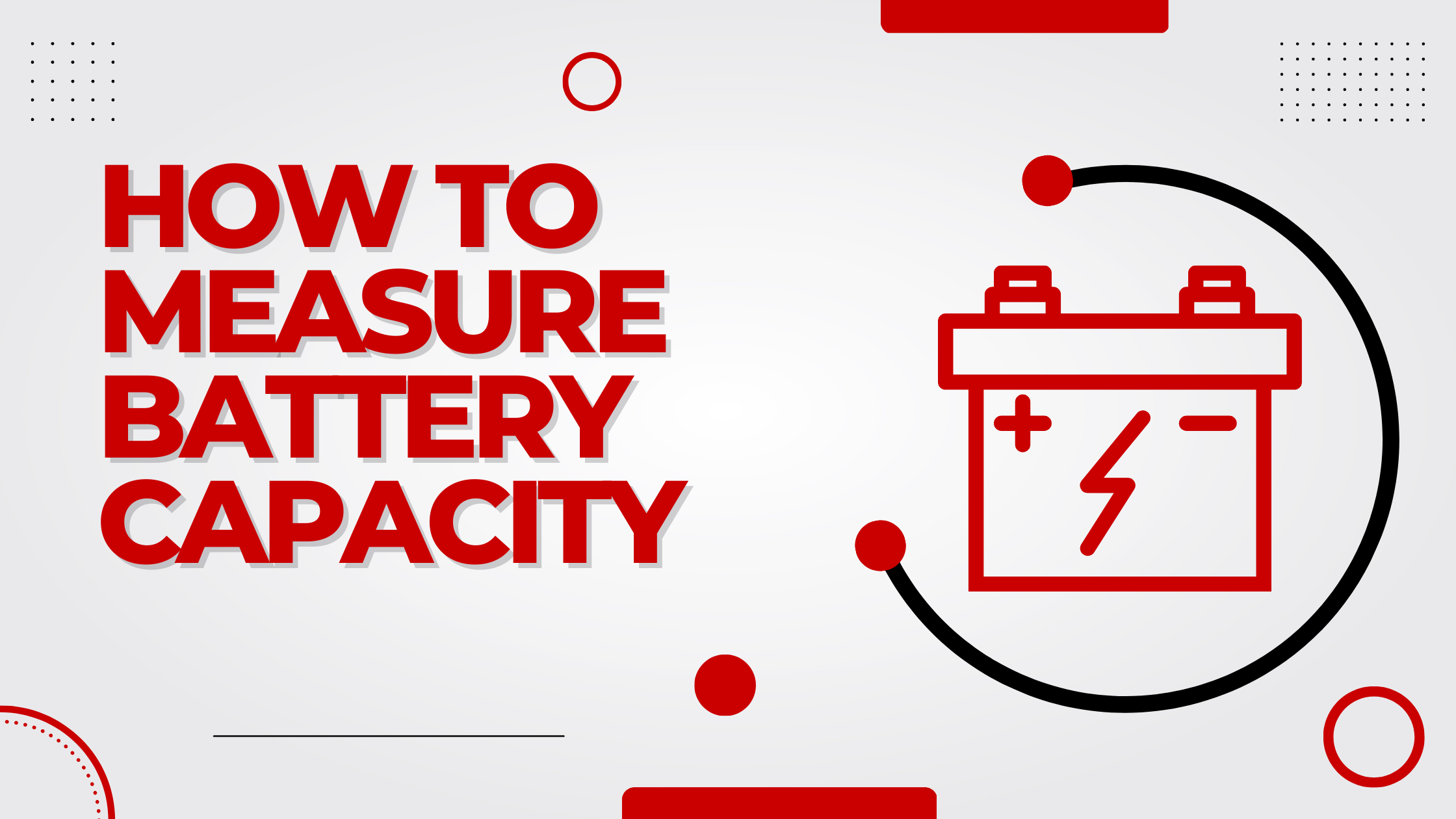
Sustainable Rural Electrification for Poverty Reduction
Jan 30, 2015. | By: José González
Reliable and affordable sources of energy are fundamental for economic growth and poverty reduction. One of the biggest issues that developing countries need to address is the lack of access to energy of a large proportion of population. About 1.3 billion people are without electricity, 84% are in rural areas. According to the International Energy Association, poor people in developing countries spend about 32% of their daily income in energy (0,40 USD)1. Most of it is spent on dry batteries and kerosene.
Recently the UNDP discussed about the rural electrification as a driver for poverty reduction2, finding the main challenges around politics and regulatory mark, financial options, market development, technical and structural capabilities, information and capacity.
Taking into account that most constraints for rural electrification are financial and physical, solar generation solutions with mini-grids can be applied in most developing countries.
Looking at the projects in which Renewable Energy Technologies have been employed to reduce energy poverty3, the use of solar PV systems, wind turbines, electric water pumps and pico-hydropower has significantly increased living standards. Extended artificial light has a positive impact in work and study hours, increase the access to telecommunications and improve security and safety in those areas.
In order to make a more sustainable and scalable rural electrification the UNDP introduced the term Rural Productivity Zone. It consists on setting up an energy system and associated infrastructure in rural areas, The system is composed of energy generation, energy distribution and the end users demand (electricity for households or Small Scale Industries). The infrastructure is integrated by, for example, a rural community/data center (health center, business center, telecommunications, education center…), industrial sheds and the cooperative (rural mall).
By planning the rural electrification this way, it would encourage a sense of community ownership as well as a more sustainable rural energy system.
Subscribe
Subscribe via RSS.
Recent Posts
-
 Posted on 10 Feb 2023
Posted on 10 Feb 2023
-
 Posted on 26 Jan 2023
Posted on 26 Jan 2023
-

Differences between Low Frequency (LF) Inverters and High Frequency (HF) Inverters
Posted on 25 Nov 2020 -

Whitewall Energy presents the new Rekoser batteries catalog for 2016
Posted on 07 Apr 2016